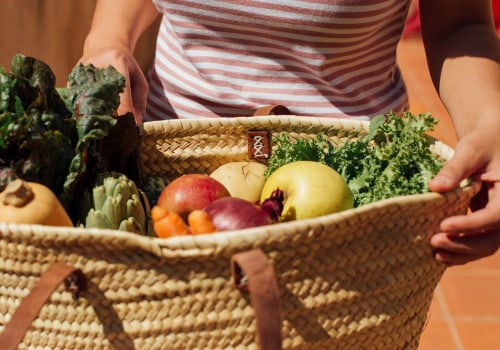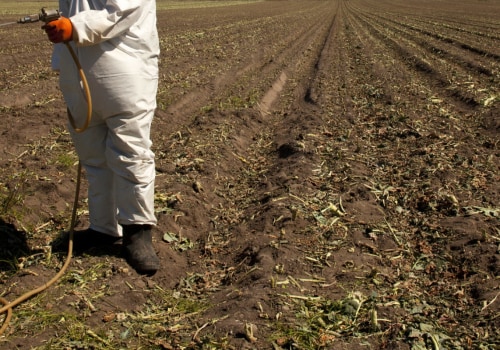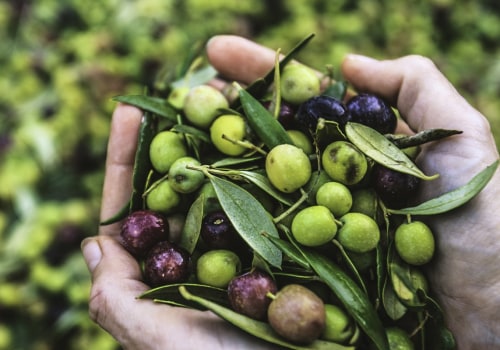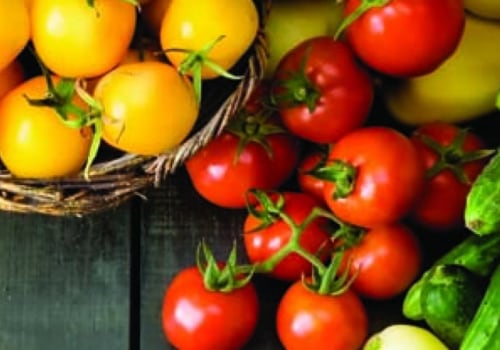Organic fruits and vegetables are almost always more expensive than conventionally grown produce. According to a study of 17 organic products, organic foods can be between 7% and 82% more expensive than their non-organic counterparts. Organic foods aren't as expensive as they used to be compared to non-organic foods. Here's how much more you'll pay.
What is the difference between organic and natural? Aren't natural foods as safe and healthy as organic foods? Unfortunately, natural doesn't mean organic and it has no guarantees. It's often assumed that natural foods are minimally processed foods that don't contain hormones, antibiotics, or artificial flavors. However, in the United States, neither the FDA nor the USDA have rules or regulations for products labeled as natural. As a result, food manufacturers often place a natural label on foods that contain highly processed ingredients.
Organic fruits and vegetables can cost up to 30 percent more than regular products. One of the reasons is that organic farms tend to be smaller than conventional ones and yield less even when the demand for their crops is high. Controlling pests and weeds without using artificial pesticides is more labor intensive, more difficult and more expensive than using most pesticides. In addition, organic feed for livestock is more expensive.
Uncertified organic agriculture refers to organic farming practices intentionally and not by default; this excludes unsustainable systems that do not use synthetic inputs but that degrade soils due to the lack of soil construction practices. That said, organic foods have lower levels of artificial pesticides, are not genetically modified, contain no artificial hormones, and reduce exposure to antibiotics. Organic foods tend to be more expensive than their all-natural counterparts, but they can have health benefits that make it worth the extra money. Read on to learn what makes organic the most regulated food system and why it's worth trusting the organic label above the others.
In developed countries, uncertified organic foods are often sold directly to consumers through programs that support local communities, such as checkout systems, farmers' markets and at the farm door. So what does it really mean to say that something is organic? Is it worth paying the higher prices offered by organic food? The USDA defines organic food as food that has been produced without the use of synthetic chemicals, fertilizers, or pesticides. For certain foods, the increase in the price of organic products was significant, but for others, buying organic products did not mean as big an increase in cost as you might think. One of the biggest drawbacks of eating natural or organic foods is that they can be much more expensive.
Huge demand has made organic food cheaper and easier to find in recent years, and the price gap between organic and non-organic foods is smaller than ever. Organic food sales have grown 15 to 21 percent each year for the past decade, indicating that Americans are concerned about what's in the food they eat. Certain foods, such as green leafy vegetables and products with soft skin, are more likely to absorb chemicals and therefore buying organic products may be the right decision. That said, the USDA defines certified organic foods as those that are grown and processed in accordance with federal guidelines that address, among many factors, soil quality, animal husbandry practices, pest and weed control, and the use of additives.
The USDA doesn't officially offer any opinion on whether organic foods are safer or more nutritious than non-organic foods. .



